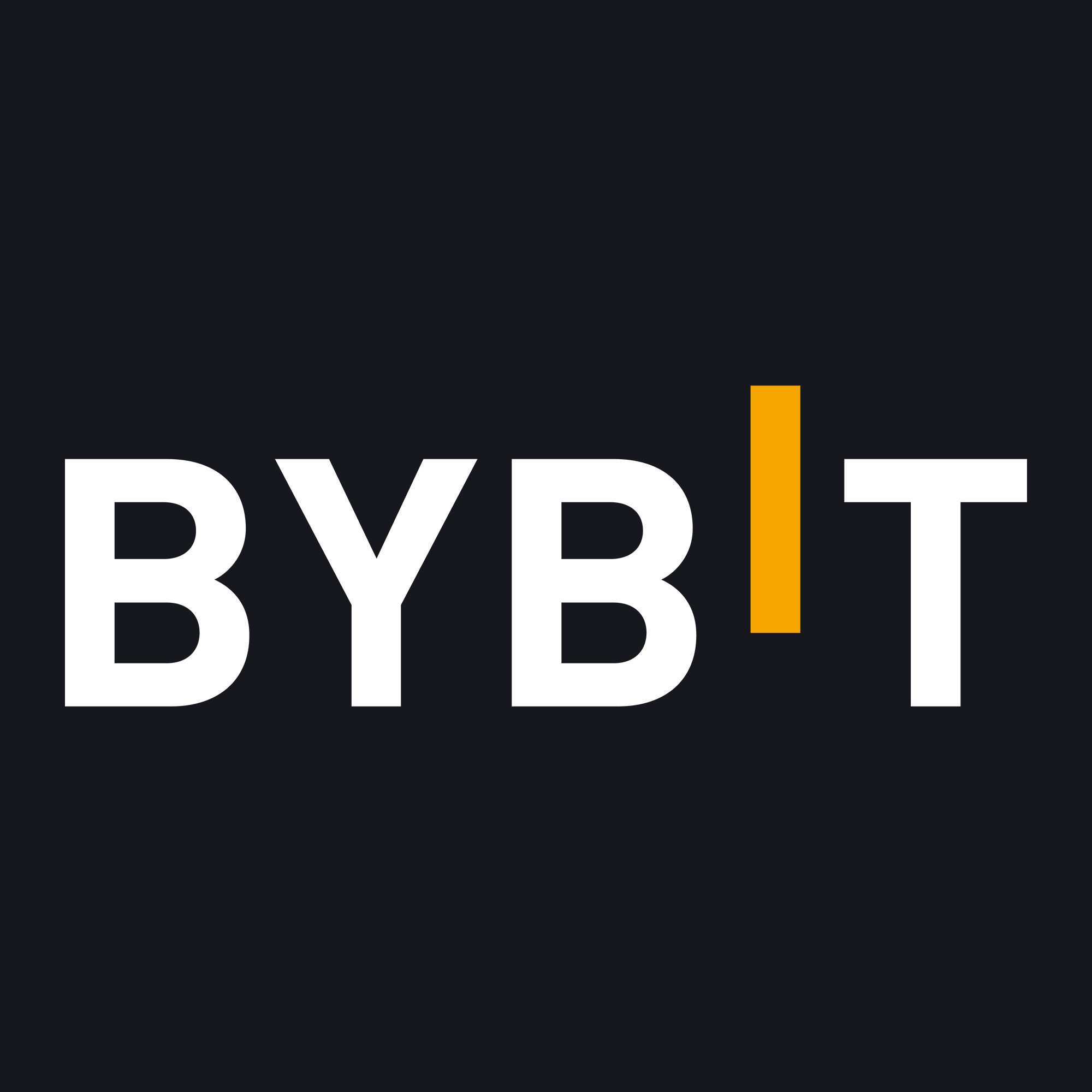Frax (prev. FXS) (FRAX) Price Analysis: Today's Key Trends
Frax (prev. FXS) (FRAX) price today is $ 2.54 with a 24-hour trading volume of $ 7.81M, market cap of $ 226.46M and market dominance of 0.005902%. The Frax (prev. FXS) (FRAX) price changed -3.59% in the last 24 hours. Frax (prev. FXS) (FRAX) price in US dollars is changed by 35.89% over the last 1 year. Over the past year, Frax (prev. FXS) (FRAX) has changed by -22.19% against Ethereum and -25.79% against Bitcoin. Frax (prev. FXS) (FRAX) total volume is now $ 7.81M, 0.0002036% of the total cryptocurrency market volume in the last 24 hours.
Unpacking What FRAX Is All About
FRAX coin price stability is achieved through the protocol’s design, which offers a reliable on-chain dollar that’s also capital efficient, giving users steady purchasing power without tying up excessive assets. It does this by combining traditional collateral reserves – held in vaults – with algorithms that automatically adjust the token supply to maintain its peg in real time. All governance proposals and votes live on the blockchain, so anyone can track decisions and cast their vote transparently. Its open-source code on GitHub acts as a live workshop for developers to test and refine new DeFi innovations. Numerous lending and derivatives platforms have integrated this token, demonstrating its versatility beyond simple transfers. In volatile markets, institutions rely on its dependable peg and efficient design for part of their treasury strategy. This mix of transparency, adaptability, and stability makes it a leading choice in decentralized finance. In conversation, holders often praise the clear documentation and responsive developer team, which together reduce onboarding friction and accelerate ecosystem growth. Third-party firms often analyze on-chain data to validate protocol health. This cryptocurrency model continuously garners news coverage, with leading publications discussing its real-world use cases. Recent partnerships with leading DeFi analytics firms amplify its visibility and credibility.
How Big Is the FRAX Market Right Now?
A close look at on-chain and off-chain data, facilitated by an on-protocol calculator and timely news today feeds, uncovers the protocol’s scale. Key metrics include:
- Market Cap: $242,793,899
- Circulating Supply: 90,483,550 FRAX
- 24 Hour Trading Volume: $16,696,516
- Total Value Locked (TVL): $338,304,164
- Fully Diluted Valuation: $267,474,683
- Max Supply: 99,681,495
Beyond raw figures, the balance between total supply and vault collateralization levels sheds light on systemic resilience. On-chain analytics dashboards reveal that average daily active addresses have climbed steadily since launch, suggesting widening everyday usage. A closer look at liquidity providers shows a diverse mix of retail and institutional wallets supplying capital to key pools. Peer comparisons underscore that its TVL ranks favorably against other algorithmic models, reflecting strong confidence in its risk controls. Research teams have highlighted the gradual increase in delegated voting as evidence of an engaged community, staking its reputation on governance outcomes. Surveys conducted by independent auditors confirm that slippage rates on major exchanges remain low, signaling deep order books and efficient stock price discovery. Traders frequently crypto prices today live monitor movements on aggregators to decide when to buy or sell the token, especially keeping a close eye on Frax (FRAX) price movements. Many rely on the current crypto prices live tickers to gauge liquidity during high volatility. The protocol’s intuitive wallet integration streamlines user experiences.
What Could FRAX Be Worth in the Future?
Forecasting models draw on its historical high of $42.80 (January 12, 2022) and a historical low of $1.26 (March 11, 2025) to outline realistic scenarios. Scenario analyses by seasoned strategists factor in variables like market capitalization growth, cross-chain adoption rates, and the pace of regulatory acceptance. Some projections suggest that even a modest fivefold increase in decentralized lending demand could push valuations above $5 per unit. Sensitivity studies show that a sudden shift in collateral backing – or unexpected changes in oracle fees – could accelerate supply contraction, creating short-lived price spikes. Interviews with protocol architects reveal contingency plans for deploying alternative collaterals, which could further bolster confidence under stress. Comparative backtesting against other algorithmic experiments helps refine these forecasts and calibrate risk premiums. Analysts refer to charts comparing its trajectory with other stablecoins to refine price prediction. They also use crypto currency prices live data in simulation models. In some projections, a correction takes reference from its today price to anchor forecast accuracy.
Understanding the Current Value of FRAX
Despite broader market swings, the coin’s price remains anchored around $2.68 within a 24-hour window of $2.61–$2.78. Sentiment analysis across social channels indicates that short-term traders view it as a risk-off asset during turbulent sessions. Fee rebates on partnered decentralized exchanges have encouraged high-frequency strategies that exploit micro-arbitrage, enhancing overall liquidity. Governance records show only a handful of emergency interventions since launch, underscoring the protocol’s reliability under duress. Educators in blockchain courses frequently showcase its mechanism as a textbook example of feedback-controlled monetary supply. Podcast interviews with decentralized finance veterans often praise its ability to retain peg integrity when correlated assets decouple. Recent enhancements to the collateral ratio oracle have improved responsiveness, tightening the spread between market price and the target peg, thereby reassuring cautious investors. The model achieves stability without relying on energy-intensive mining by a dedicated miner role, and active staking incentivizes holders to support the protocol’s health.
The Network That Powers FRAX Transactions
Transactions settle predominantly on Ethereum’s mainnet, utilizing the EVM-compatible network to achieve high throughput and composability – factors that can influence the FRAX crypto price as network demand and utility evolve. Layer-2 implementations on networks such as Arbitrum and Optimism have reduced gas costs considerably, broadening accessibility for smaller transfers. Community-led tooling projects have delivered real-time monitoring dashboards that graph node performance, block confirmations, and median oracle updates. Ecosystem hackathons inspire new bridge connectors, enabling cross-chain arbitrage and seamless asset swaps across heterogeneous environments. Specialized developer kits streamline integration with popular smart-contract languages, accelerating rollout of liquidity pools on emerging chains. Collaborative grants have been awarded to research teams exploring sharded rollups, potentially multiplying transaction capacity tenfold. Enthusiasts tracking code commits note a steady cadence of security patches and performance optimizations, reflecting an active maintenance culture. Developers also monitor current price of FRAX alongside live crypto prices feeds to ensure smooth inter-network liquidity flows.
The First Launch of FRAX
It first went live on December 9, 2020, following rigorous testnet trials earlier that summer. Initial deployments were greeted with cautious optimism, as auditors from Quantstamp and CertiK validated core contracts and stress-tested minting algorithms. A flurry of community AMA sessions in late 2020 helped clarify nuances of the fractional design for early adopters. During the first quarter of 2021, strategic liquidity mining incentives drew tens of millions in TVL to bootstrap liquidity across Uniswap and Curve pools. By mid-2021, governance proposals had already begun refining collateral parameters, demonstrating rapid maturity of the decentralized decision-making process. Milestone celebrations marked each successive doubling of TVL, with developers hosting virtual hackathons to encourage third-party integrations. To this day, the launch anniversary is commemorated with token rewards distributed to long-standing DAO members. Prospective users often visit the official website to review detailed roadmaps and audit reports before committing capital.
Is FRAX a Secure Option for Users?
A comprehensive audit history underscores the protocol’s commitment to safety, with multiple rounds of third-party reviews covering collateral routers, peg stabilization logic, and governance timelocks. Multi-signature wallets guard treasury functions, ensuring that no single actor can unilaterally redirect reserves. The collateralization ratio threshold is programmed with fail-safe triggers that pause minting if asset volatility exceeds predefined bands, mitigating runaway depegging risks – a safeguard that also helps protect the FRAX coin market cap during periods of instability. Bug bounty programs on Immunefi have attracted ethical hackers, whose reports have led to timely patches and fortified contract libraries. Stress test results published on-chain illustrate robust handling of extreme market moves, with stress scenarios simulating 50% drops in collateral asset values. Community polls on risk appetites inform ongoing calibration of re-collateralization speeds, balancing responsiveness with stability. Independent security teams sometimes leverage an on-chain calculator to stress-test worst-case scenarios for collateral ratios.
































 Trade Now ByBit
Trade Now ByBit